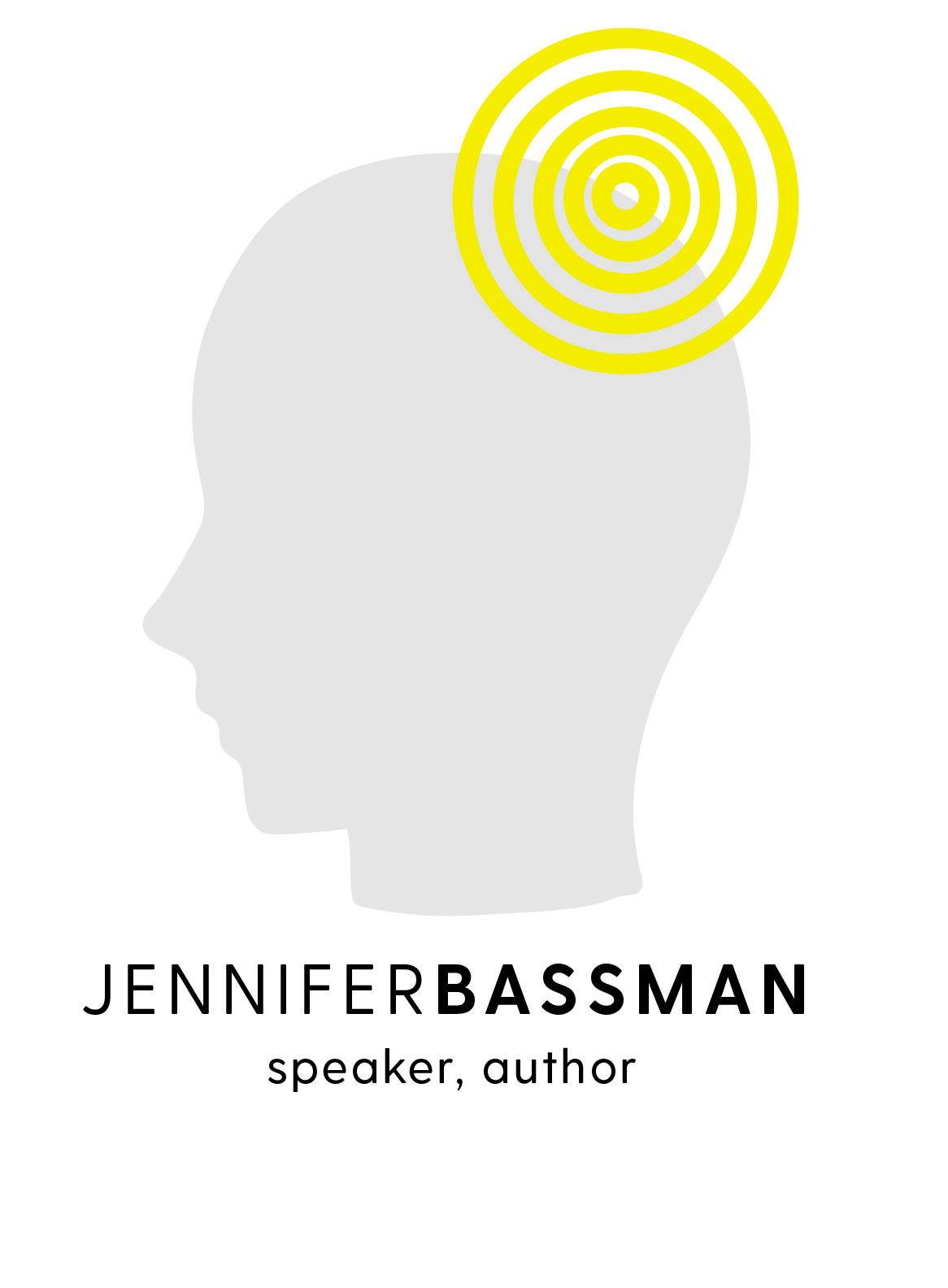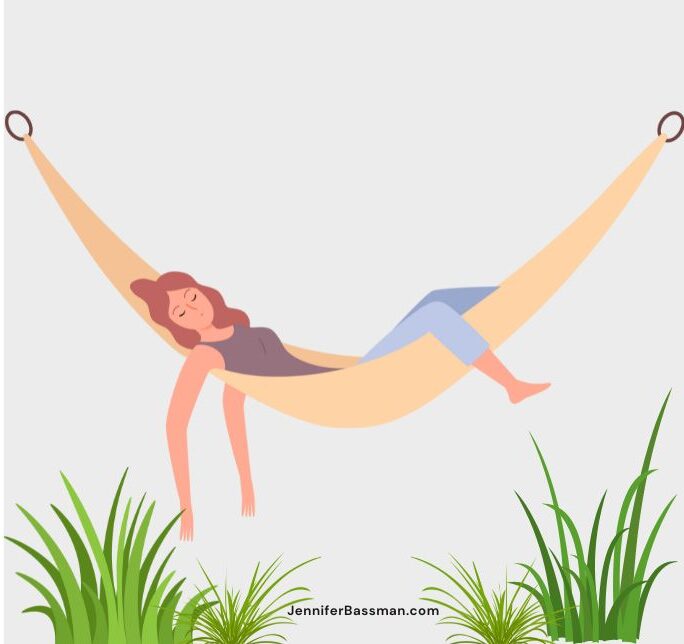I’ll admit that I that I poo-poo’d the concept of mindfulness many, many times.
It seemed boring and useless.
And, I equated it with meditation.
Well, I was wrong. I was wrong about it being useless and the same as meditating.
You can practice mindfulness without meditating or going on a spiritual retreat in India.
Turns out, practicing mindfulness is easier for stressed out brains…
My shop on Etsy is full of mindful stress relief tools. Check it out today!
What the Hell is Mindfulness?
Mindfulness is about activating your senses (sight, hearing, smell, taste, and touch) to tune into what’s happening with and around you. It’s about being fully present in the moment and being actively aware of what you’re feeling.
Mindfulness:
- Teaches you to be better at listening to yourself and what you need.
- Strengthens your emotional regulation – you know that thing that goes haywire when you’re stressed out.
- Helps you build resilience to stress because it builds awareness to your body’s stress response and stress triggers.
- Helps treat anxiety by slowing down your overwhelming thoughts.
- Sharpens your focus and concentration skills.
There is also research that shows the regular practice of mindfulness changes the structure of your brain.
The goal of mindfulness is to wake up to the inner workings of our mental, emotional, and physical processes.
Why Mindfulness Works with a Stressed-Out Mind
As soon as I learned that I didn’t have to meditate to practice mindfulness, I was game to try.
Nothing against meditation, but I know what it’s like to feel like a total failure at meditating because I can’t get my brain to quiet down and focus.
And, honestly, when you’re burned out, meditation ain’t gonna happen for the majority of us. A chronically stressed brain is too busy with the fight-or-flight stress response and won’t easily allow for meditation.
But, it will allow you to practice mindfulness.
Because mindfulness is NOT about quieting the mind or trying to achieve a state of calm.
It’s about aiming to pay attention to the present moment without judgement.
Remember, the stress response only wants you to focus on being stressed out. So, that’s basically what you’re doing when you practice mindfulness, but you are tricking your brain into slowing down in the process.
(Ha! Take that stress!)
Examples of Practicing Mindfulness
Here are other ways to practice mindfulness that aren’t meditation:
- Breathing exercises that help slow down your mind and body to focus on yourself.
- Going for a walk outdoors for some fresh air to notice how we feel as our bodies move.
- Gardening and taking care of plants, either inside or outside.
- Taking your time when you eat food to notice how things taste and feel as you chew.
- Single-tasking, which focuses all of your attention on one task at a time.
In an effort to make mindfulness a habit, I have set a few reminders on my phone to practice. There is also a sticky note on my bathroom mirror to practice mindfulness while I brush my teeth.
How to Start Practicing
Mindfulness helps you put some space between yourself and your reactions. Here are five easy steps to get started:
- Set aside 5 minutes. You don’t need a cushion or any special equipment. But, you do need to set aside some time and space so you have room to focus.
- Observe the present moment as it is. The aim of mindfulness is not quieting the mind, or attempting to achieve a calm state. The goal is simple: you’re aiming to pay attention to the present moment, without judgement.
- Let your judgments roll by. When you notice judgments arise during your practice of mindfulness, make a mental note of them, and then let them pass. “Hey, I know I feel this way, but I need to keep going anyway…”
- Return to observing the present moment as it is. Our minds often get carried away in thought. That’s why mindfulness is the practice of returning, again and again, to the present moment. Over time, this will get easier.
- Be kind to your wandering mind. Don’t judge yourself for whatever thoughts crop up, just practice recognizing when your mind has wandered of, and gently bring it back.
Over time, you will feel less inclined to “train” your brain. You will slowly be able to focus more and more on what you are feeling, hearing, smelling, tasting, or seeing. Then, you’ll connect those senses with your stress triggers so that your body will naturally become mindful of them.
Y’all. I swear it works.
What Do I Do When I Find It?
Your body and mind will tell you what it wants to do with mindfulness – then do it without your intervention.
Over time, you’ll find yourself feeling kinder, calmer, and more patient. You’ll be more playful, find yourself enjoying and paying attention to the smaller joys.
I’ll admit, when I noticed my mindfulness practice was working, was when I didn’t panic about losing track of time over a glass of wine with a friend. In fact, when I noticed, I shrugged off the extra time and continued my conversation with my friend over a second glass.
I had no desire to give in to my panic, allow it to take over, or even worry that I was missing out on something else.
I didn’t care. I wanted to continue enjoying time with my friend.






